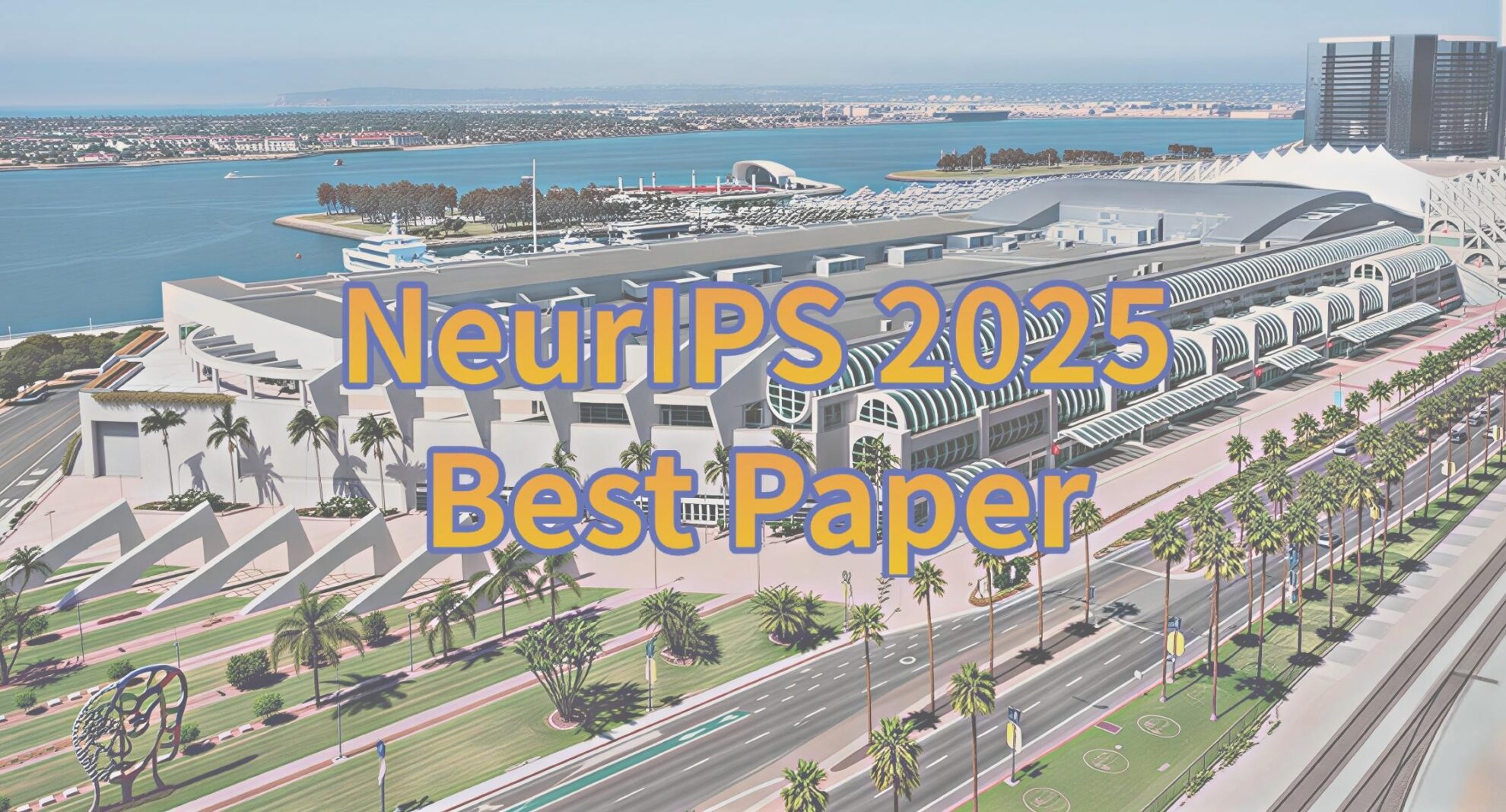By Super Neuro
It has been 10 years since Deep Blue defeated the then world chess champion Garry Kasparov in 1997 and Alpha Go defeated contemporary masters in Go. This is also the 10 years of rapid development of deep learning.
The history of deep learning itself can be traced back about 30 years. In the past 40 years, deep learning has gradually evolved from a concept into a product that can be applied today and has become a key method of artificial intelligence technology.
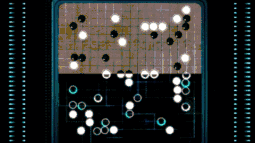
AI based on different systems
As early as August 31, 1956, the famous computer scientist John McCarthy proposed the artificial intelligence plan at the Dartmouth Conference, igniting the flame of the artificial intelligence revolution, which was the beginning of the development of AI. Since then, AI has gradually transitioned from rule-based systems to machine learning-based systems, and then to today's deep learning-based systems.
Rules-based AI systems
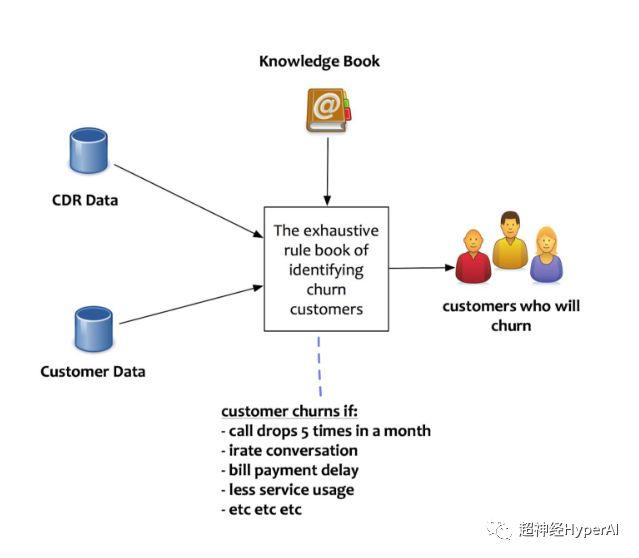
This is the earliest AI system that relies on rules input by humans to operate. This is also its main problem - it is too dependent on rules, difficult to adapt to changes in rules, and has great application limitations.
AI systems based on machine learning
To solve this problem, machine learning methods emerged. This system can learn autonomously through a large amount of historical data and human information input, and can adapt to simple data or rule changes.
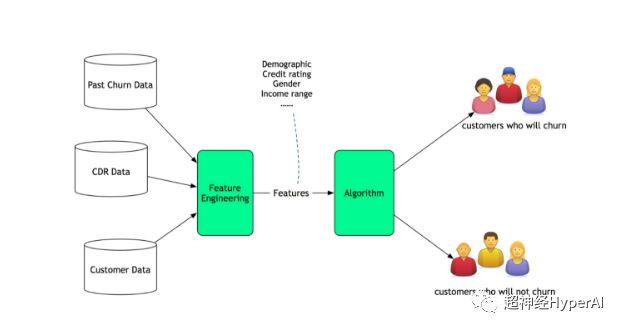
However, the system is highly dependent on human input, so the person inputting the information needs to have certain professional knowledge and ensure that the information is accurate and comprehensive. However, as the number of application scenarios increases, it is almost impossible to ensure that the information is accurate and complete.
AI system based on deep learning
In order to solve the problem that machine learning is overly dependent on human information input, deep learning, also known as "representational learning", emerged.
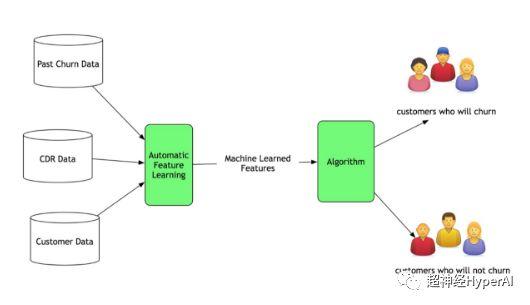
The system uses a large amount of historical data to achieve self-learning, predict various possible outcomes in the future, and formulate corresponding solutions. This solves the problem that machine learning is too dependent on human information input and that human information input has a high error rate.
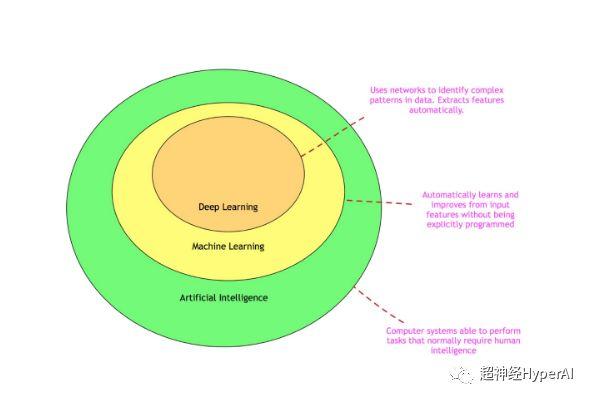
In terms of the relationship between AI, machine learning and deep learning, we can think of deep learning as a subset of machine learning, and machine learning as a subset of AI. Therefore, deep learning is relatively important for the construction of the entire AI system.
Neural Networks: The Building Blocks of Deep Learning Systems
So, why can deep learning do all this?
The answer is what we often call a neural network algorithm. A neural network consists of many simple processing connection points, similar to the organization of neurons in humans. It generally contains the following three levels:
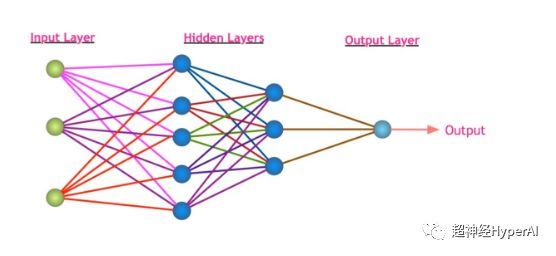
Input layer:Data entry;
Hidden Layers:The processing nodes associated with the input layer (a neural network usually has more than two hidden layers);
Output layer:Transform the processed information into nodes that can be output.
Neural networks work on the principle of pattern recognition from simple to complex. They learn simple data processing functions in the first layer of the network, then generate nodes according to the relevant definition, and then input these nodes into the subsequent layers of the network and derive other more complex features, and the whole process continues until it is finally output.
The rise of deep learning
In 1943, American neuroscientist Warren McCulloch proposed a neural network computing model based on mathematics and a threshold logic algorithm, which became the theoretical basis of deep learning systems.
However, the lack of sufficient data to train deep neural networks and the insufficient computing power required to train deep neural networks led to slow development of this research. It was not until 1980 that Kunihiko Fukushima proposed a deep learning framework based on artificial neural networks.
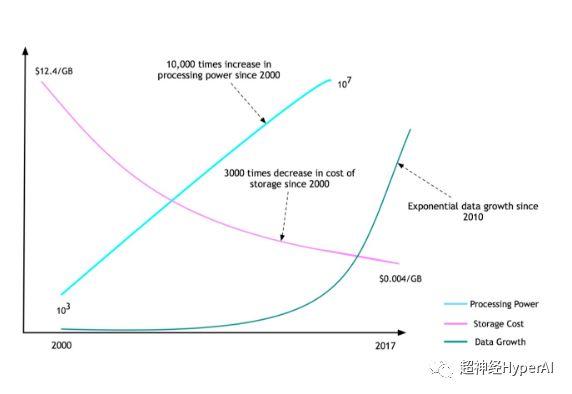
Today, deep learning has developed rapidly thanks to big data and cloud computing. Since 2000, the computing power of computers has increased 10,000 times, the cost of data storage has dropped by about 3,000 times, and the rise of the Internet, the increasing popularity of smartphones and the emergence of social media have generated a large amount of data for neural networks to use.
Main application areas
Of course it is impossible for it to play Go with you all the time, so what is the difference between AI and Hikaru no Go? (wrong)

In terms of practical applications, deep learning can do things that only humans could do before. For example, humans are good at identifying specific objects through images and understanding the languages and cultures of different countries through translation. Now, deep learning can do the same.
In addition, deep learning also performs well in computer vision and natural language processing. Of course, these are just the more common application areas of deep learning. In the future, there are more possibilities for deep learning, such as giving everyone here a butler like Jarvis in "Iron Man".

